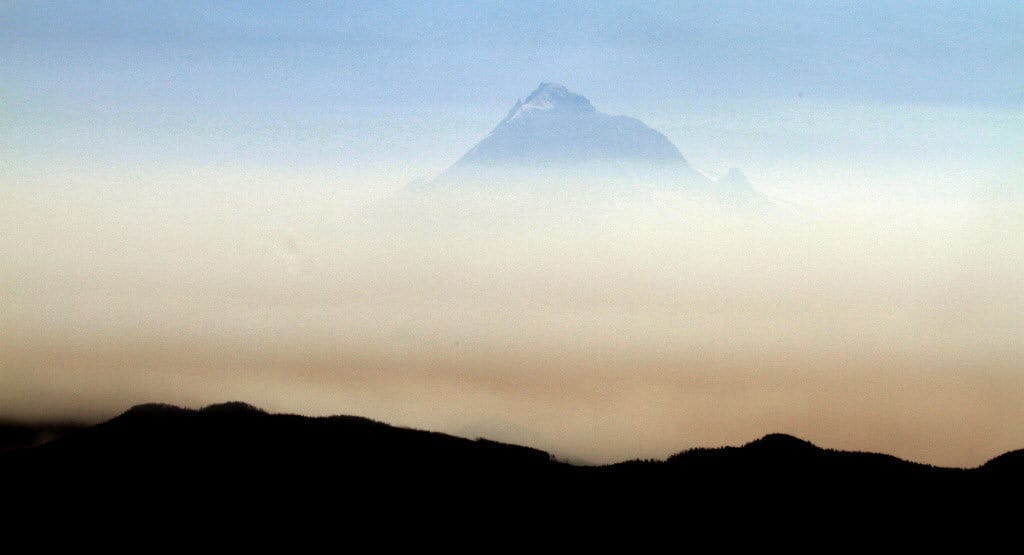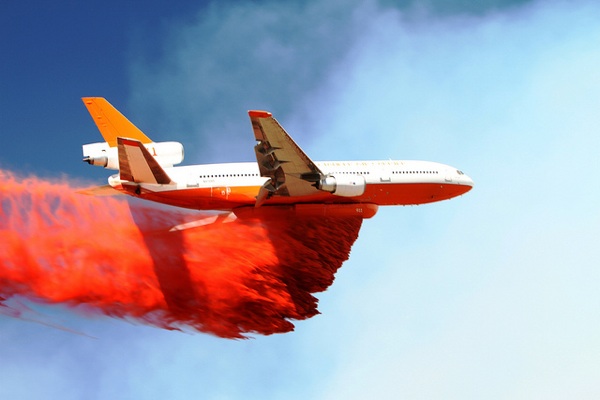Some of us are not as aware as we might be of the southern national forests and their history; here’s a story from Jason Bacaj of the Anniston Star.
Seventy-five years ago, President Franklin Delano Roosevelt declared a swath of government landholdings spread over the Talladega Mountain chain a national forest.
It grew from an act of Congress in 1935 allowing the federal government to approach private landowners within a defined “purchase unit” area to see if they’d be interested in selling land, said Bob Pasquill, historian and archaeologist with the U.S. Forest Service.
Living in the Great Depression, many small farmers and property owners were relocating already or able to be persuaded to sell their property to the government, Pasquill said, dismissing the idea that the government took land from people with delinquent taxes.
That’s a common misconception, he said, as is the thought that the land was clear-cut when it was declared a national forest. It was rough land and the more remote areas were nearly inaccessible, let alone suitable for large-scale logging, Pasquill said. There was a small degree of logging, though, and even turpentining, but that meant developing wagon roads to collect the pine pitch and logs — not an easy task, as anyone who has ridden a bicycle along the Skyway Motorway can appreciate.
“(The) big section of mountain called ‘Horseblock,’ one has to wonder how it got that name,” Pasquill said. “There was secondary growth across the area. It wasn’t a total wasted clear-cut.”
From the time the government began purchasing land in 1935 to create the Talladega National Forest, two crews from the Civilian Conservation Corps did the legwork involved in turning it into a national park. The men built the Skyway Motorway along the spine of the mountain chain, built dams, lodges, picnic grounds, bridges and fire towers connected by phone lines, Pasquill said.
The forest came into its own in the 1940s and 1950s, as tourist traffic increased and areas of second growth filled out. Forest Service employees carried out the department’s policy of suppressing fire throughout those years, unknowingly damaging the natural habitat and reducing the range of Alabama’s state tree, the once-ubiquitous mountain longleaf pine, Pasquill said.
In the 1970s and ‘80s the Forest Service began performing prescribed burns on a small scale, said Jonathan Stober, USFS wildlife biologist. It wasn’t until 2001 that the prescribed burn program was developed fully as an initiative to restore the historic range of mountain longleaf pines, which was a global critically imperiled habitat at that point. Covering a mere 3 percent of its historic range, mountain longleaf pine habitats remain a critically imperiled, but the Forest Service is making noticeable improvements to longleaf stands.
“We have a certain set of tools: one being an axe and one being a match. With those two tools we’re trying to restore this landscape,” Stober said. “It’ll take another 75 years to do that.”
Restoring mountain longleaf pines is a difficult task and an impossible one without understanding the role of fire in its development, said Dan Spaulding, chief curator for the Anniston Museum of Natural History. A baby longleaf pine looks like a clump of grass. Then it grows into what looks like a palm tree — no branches, just pine needles atop the stump protecting the bud of the tree which eventually shoots up through the palm, Spaulding said. It grows slowly and needs fire to survive because otherwise, that slow growth allows fast-growing, weedier plant and tree species to overtake it.
A period of about 75 years is needed for a mountain longleaf pine to reach maturity, said Rob Carter, biology professor at Jacksonville State University who did his Ph.D. dissertation on longleaf pines. The trees reach a height between 80 and 100 feet at that point, depending on the soil, he said. They can continue to live for another 125 years or more.
Restoring the mountain longleaf pine’s habitat is essential to the forest’s health, Stober said. The tree provides a livable environment to a number of endangered species, such as the red-cockaded woodpecker, an “umbrella species” for the Talladega National Forest. Umbrella species, such as the woodpeckers and bobwhite quails, require a certain type of habitat that’s also conducive to the survival and viability of many other native species, Stober said. The forest is home to about 25 species that are endangered or candidates for becoming endangered, he said.
The small woodpeckers nest in the heartwood of mature mountain longleaf pines afflicted with redheart disease, a fungus that rots out the center of the tree. Open canopy without much scrub or midlevel brush is needed for the birds to scout around for food, Stober said.
The Shoal Creek Ranger District, based just outside Heflin, has gone from 1998 when there were one or two clusters — a set of four separate woodpecker nests for one pair of breeding birds — to having 16 breeding groups producing 26 fledglings this year.
“That ecosystem … is a rare, endemic community to this part of the world and is also a crossroads between Appalachia and the coastal (area),” Stober said.
Although the founding date for Talladega National Forest is given as July 17, 1936, no celebrations or events are planned today to mark the tract’s diamond anniversary — so anyone who’s ever felt inclined to hug a tree might find this the ideal day to do it.
I am a fan of longleaf pine.. for those of you who have never made the acquaintance of one, here is a photo of the grass stage.
 and a link to the Longleaf Alliance website for those who want to know more about this tree and efforts to restore it.
and a link to the Longleaf Alliance website for those who want to know more about this tree and efforts to restore it.











